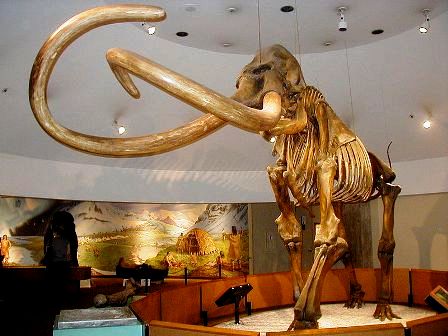- Series:Archaeology, Transcript English
Exodus 20:11
“For in six days the LORD made heaven and earth, the sea, and all that in them is, and rested the seventh day: wherefore the LORD blessed the sabbath day, and hallowed it.”
Just how good are those radiocarbon dates? When reporting an exciting archaeological discovery, popular science magazines tell the reader, for example, that some man-made artifact is 40,000 years old. A few years ago it was common to find tolerance figures such as plus or minus 1,500 years attached to these ages. These tolerance figures effectively leave an impression of objective precision in the mind of the reader. Those tolerance figures are seldom used today.

This example is common, and Bible-believing Christians should not be concerned that carbon-dated ages will in any way disprove the Bible.
Prayer:
Dear Lord Jesus Christ, You are the Word through Whom we were created. You are the beating heart of Scriptural truth. Help us to see that all of Scripture is trustworthy.
Notes:
“Old Crow Bones and Radiocarbon Dating,” Creation Ex Nihilo, Vol.9, No.4, p. 13. Photo: Skeleton of Columbian mammoth. Courtesy of WolfmanSF. Licensed under the Creative Commons Attribution-Share Alike 3.0 Unported license.
